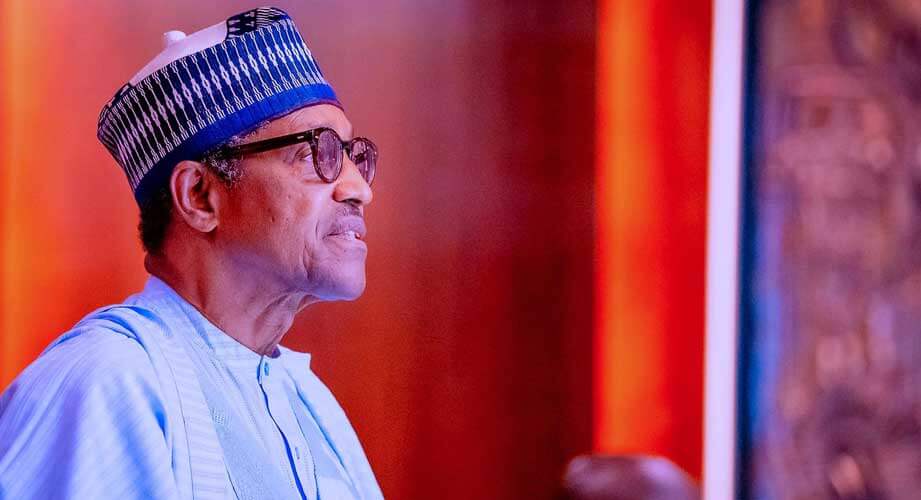Nigeria’s local and foreign borrowings reached another milestone in September after rising by N4.5trn in Nine months, analysis by THE WHISTLER has shown.
Nigeria’s total public debt was N39.55trn ($95.77bn) in December 2021 but has surged by 11.39 per cent to N44.1trn ($101.9bn) in nine months period ending September 2022.
Advertisement
Nigeria’s debt explosion is largely funded by domestic borrowings of N26.91trn translating to 61 per cent of the total debt.
Foreign borrowings by September were N17.14trn representing 38.87 per cent of the total debt.
At N44.1trn, Nigeria’s debt is now more than 37 per cent of GDP which is believed to be sustainable.
The country has also spent N3.04trn to service local and foreign debt as of September 2022.
Advertisement
Even as revenue from crude oil dwindled due to the loss of 700,000 barrels of crude daily as a result of oil theft, the World Bank has projected that debt servicing will gulp 123.4 per cent of the Federal Government’s revenue in 2023.
In the first quarter of 2022, an analysis of data obtained from the DMO revealed that debt grew from N39.55trn ($95.77bn) recorded in the 2021 full year to N41.6trn or $100.06bn.
This represents 5.17 per cent (N2.04trn) surge during the three months period ending March 2022 with foreign debt accounting for only 39.94 per cent of the debt stock at N16.61trn or $39.96bn.
The domestic market constitutes the holders of Nigeria’s debt with N24trn ($60.1bn) borrowed locally by the FG which is 60.06 per cent of the total debt.
Advertisement
In the second quarter of 2022 ending June, Nigeria’s debt rose further from N39.55trn ($95.77bn) in March to N42.84trn or $103.3bn.
This represents additional N1.24trn debt incurred by the government between March and June 2022.
The foreign debt remained at N16.6trn but on a dollar equivalent, it rose due to naira devaluation to N40.06bn.
Domestic debt however rose to N26.23trn or $63.24bn between March and June making up 61.22 per cent of the debt stock.
In the third quarter ending September 2022, Nigeria’s public debt rose from N42.84bn ($103.3bn) recorded in the second quarter ending June 2022 to N44.06trn but reduced to $101bn in dollar terms due to exchange disparity.
This represents a 2.8 per cent rise in debt or an additional debt of N1.22trn incurred by Nigeria from June to September 2022.
Advertisement
During the review period, foreign debt rose from N16.6trn in June to N17.14trn in September making up 38.87 per cent of the debt.
Domestic debt constituted the largest chunk at 61.08 per cent rising from N26.23trn in June to N26.92trn (462.25bn) in September.
In the last nine months, the figures revealed that between January to September 2022, the government has borrowed a total of N4.5trn from the domestic and foreign market.
Nigerian experts have expressed concerns about the rising debt profile without a corresponding improvement in the country’s revenue.
But the Nigerian government said the country does not have a debt problem.
The Minister of Finance Budget and National Planning, Zainab Ahmed, had argued while speaking at the Nigeria International Economic Partnership Forum in New York that Nigeria has set a debt-to-GDP ceiling at 40 percent.
She had argued, “Everywhere we go, we hear this issue of the debt of Nigeria is a problem and is not sustainable. The debt and debt financing that we do in Nigeria is following a designed debt management strategy.
“Nigeria operates a four-year rolling medium-term strategy which guides the borrowing strategy of the federal government. And we have specific indices that we closely monitor. The public debt that we set is 40 percent and we are at 24 percent.”
But she also admitted that “We do have a revenue problem and this revenue problem, we’re tackling using the instrument of the strategic revenue initiative.”



